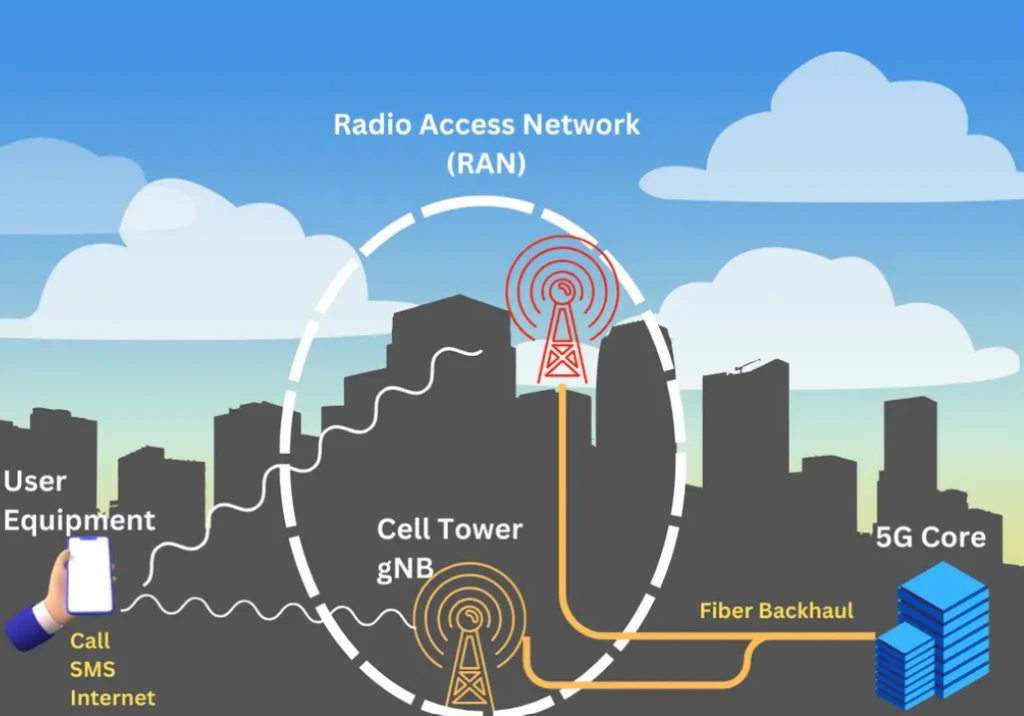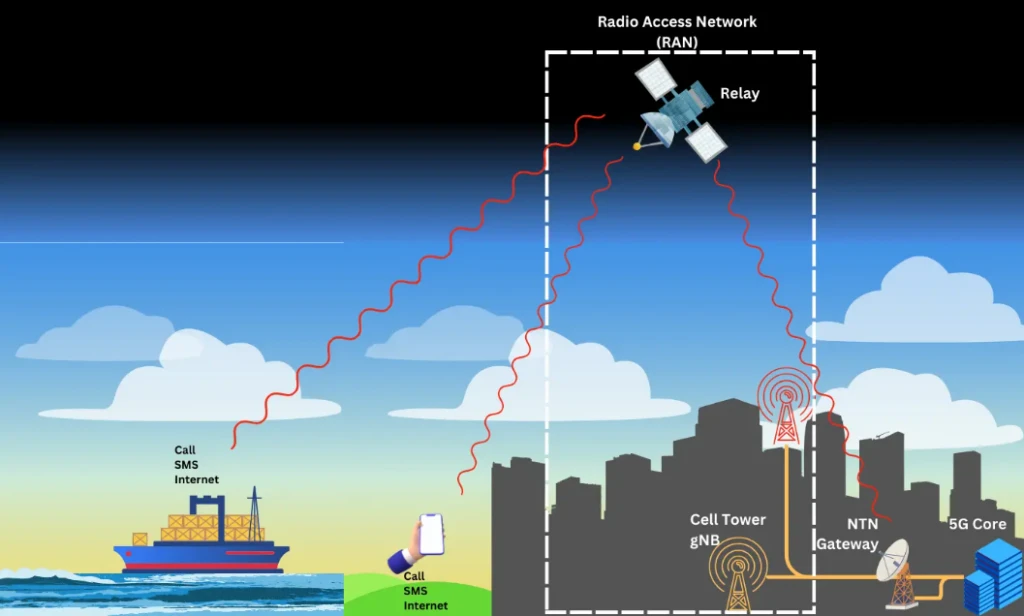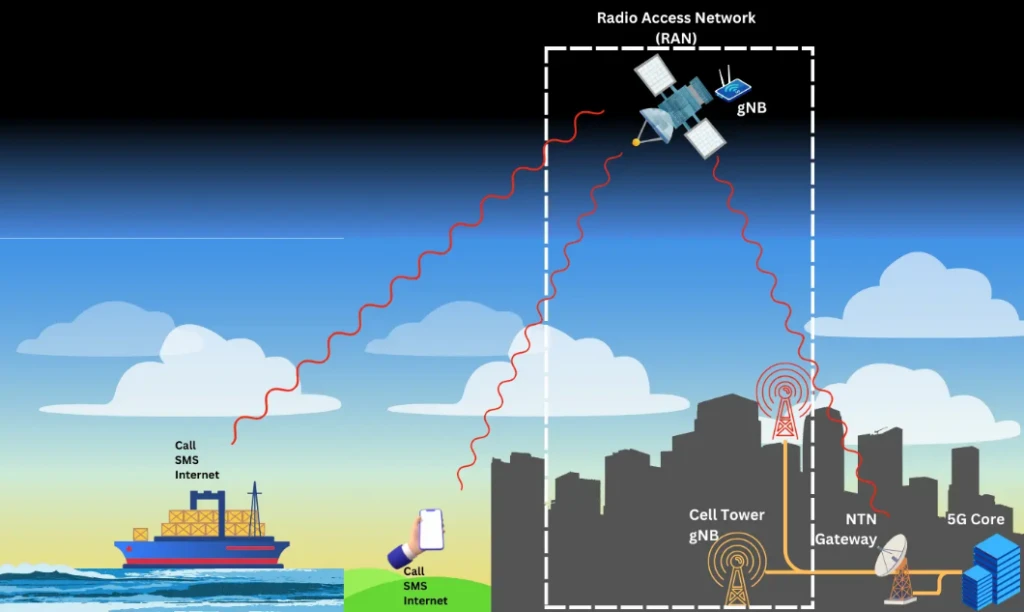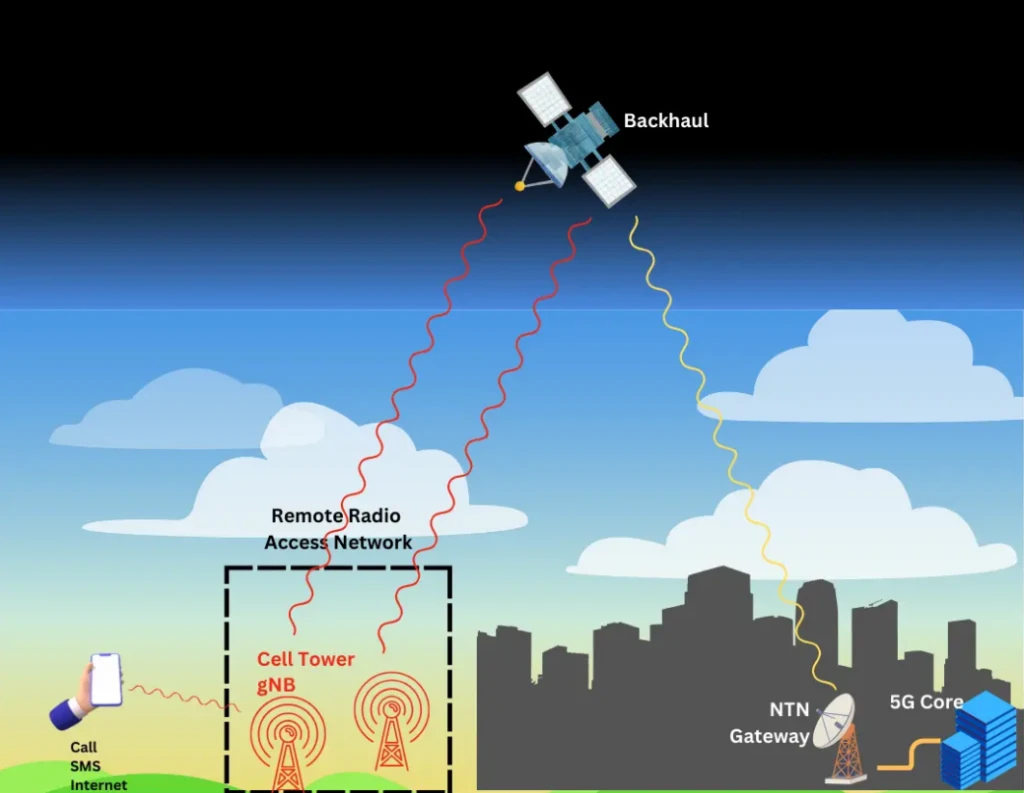
By: Gabrielle Duncan, Network Analyser Product Manager, Keysight Technologies August 15, 2024
Over the last two decades, the world has experienced widespread innovation in wireless technologies. We have seen breakthroughs in Wi-Fi connectivity, cellular, and significant growth in connected devices. However patchy coverage, dropped calls, and inconsistent data speeds continue to challenge 4G and 5G networks, stemming from the inherent limitations of terrestrial networks. As we move towards creating global 5G service coverage, non-terrestrial network (NTN) technology has the potential to eliminate these challenges.
Terrestrial versus non-terrestrial networks
As their names imply, network providers deploy terrestrial networks on the ground and NTNs are deployed in Earth orbit. Using satellite systems or airborne platforms, NTNs enable telecommunication services to reach remote areas that would be impractical for traditional ground-based networks. A typical terrestrial 5G telecommunications network, comprised of user equipment (UE), radio access network (RAN), and core is shown below in Figure 1. In a nutshell, UEs need to communicate with a 5G RAN, which relays voice and data from the UEs to the 5G core and back. The challenge is that this relies on cell towers that have limited capacity when it comes to serving multiple users.

To overcome this challenge, network operators typically install one cell tower every 300-800 meters in densely populated areas and every 2-3 kilometers elsewhere. But covering a country this way, or the planet, proves impractical and very expensive.
NTNs offer a more practical solution, significantly expanding 5G coverage worldwide. Leveraging satellites or airborne vehicles as RAN transceivers not only supports more demand and traffic, but also offers connectivity in hard-to-reach areas. However, there are still challenges when it comes to NTN networks. One of the key hurdles to overcome is ensuring physical, protocol, and application layer compatibility, as well as addressing issues related to standards compliance and performance benchmarks.
Standard bodies such as the 3rd Generation Partnership Project (3GPP) have introduced NTN into the 5G standard. This means that engineers can add satellite links to 5G devices, enabling connectivity whether it is from earth-based or non-terrestrial infrastructure. The introduction of 3GPP 5G NTNs has also expanded the satellite communications market beyond proprietary systems to terrestrial mobile network operators. This enables the seamless integration between 5G-compliant NTNs and terrestrial mobile networks, allowing users direct access to satellite mobile services.
This is a great step forward, but there are still challenges when it comes to proprietary NTNs that operate outside of standard requirements. For example, SpaceX’s Starlink offers global internet access, but because Starlink operates outside of 3GPP standards, users still need an additional gateway device for Starlink internet access.
Satellites and airborne vehicles
When it comes to satellite-based NTNs these consist of NTN gateways, service links, and feeder links. There are a few different roles that the satellite can play, one of which is acting as a relay link between UEs and NTN gateways, shown in Figure 2 below.

Alternatively, network developers could use the satellite as a gNB base station, as seen in Figure 3. Additionally, as shown in Figure 4 satellites might operate as backhaul between a remote terrestrial RAN and 5G core. A network operator might use a satellite as a relay, gNB, or backhaul to extend network coverage to remote areas, provide redundancy in case of terrestrial network failures, and support high-capacity, high-speed data transmission.


Satellites are not the only option when it comes to 5G NTNs as the standards also support airborne vehicles. The 5G standard includes high altitude platforms (HAPs) flying at altitudes of 8 – 50 kilometers, including heavier-than-air systems like airplanes or drones and lighter-than-air systems like airships or balloons. Similar to satellites, they function as transparent relays, base stations, or backhauls. HAPs enable faster, easier, and cheaper launches compared to satellites. However, they typically only stay airborne for hours or days, only enabling temporary coverage.
The future
Whether relying on terrestrial networks or NTNs, users expect the same service quality. While terrestrial networks offer limited capacity and coverage, NTNs also come with their own unique set of challenges, such as latency issues due to satellite altitude, handover complexity given the simultaneous movement of users and satellites, and Doppler shift in frequency related to satellite orbit speed.
NTNs are commonly discussed when it comes to use cases for national security, defense, and disaster response. While these emergency scenarios would definitely benefit from ubiquitous network coverage, NTNs might prove even more impactful commercially—particularly for transportation and industrial IoT applications. Enabling communication in difficult to reach places will have a huge impact when it comes to supporting offshore oil rigs, merchant shipping, fishing crews or airline communication. When it comes to industrial IoT applications, most use cases relate to tracking and sensing technologies, such as real-time asset tracking, equipment monitoring, and smart farming. These applications tend to work at lower data rates, but they do have to meet their own standards which 5G NTN is designed to support.
Fundamentally, NTNs are not a silver bullet for delivering worldwide connectivity. However, standards bodies are planning enhancements to NTNs in future releases of the 5G New Radio and 6G standards. Enhancements include higher data rates using phased array beamforming and greater coverage using more efficient transmission techniques. Likewise, proprietary NTNs will continue innovating based on market demands. It is by both broadband and industrial IoT applications, that NTNs will revolutionize wireless connectivity and enable fast, reliable network coverage worldwide.

Leave a Reply